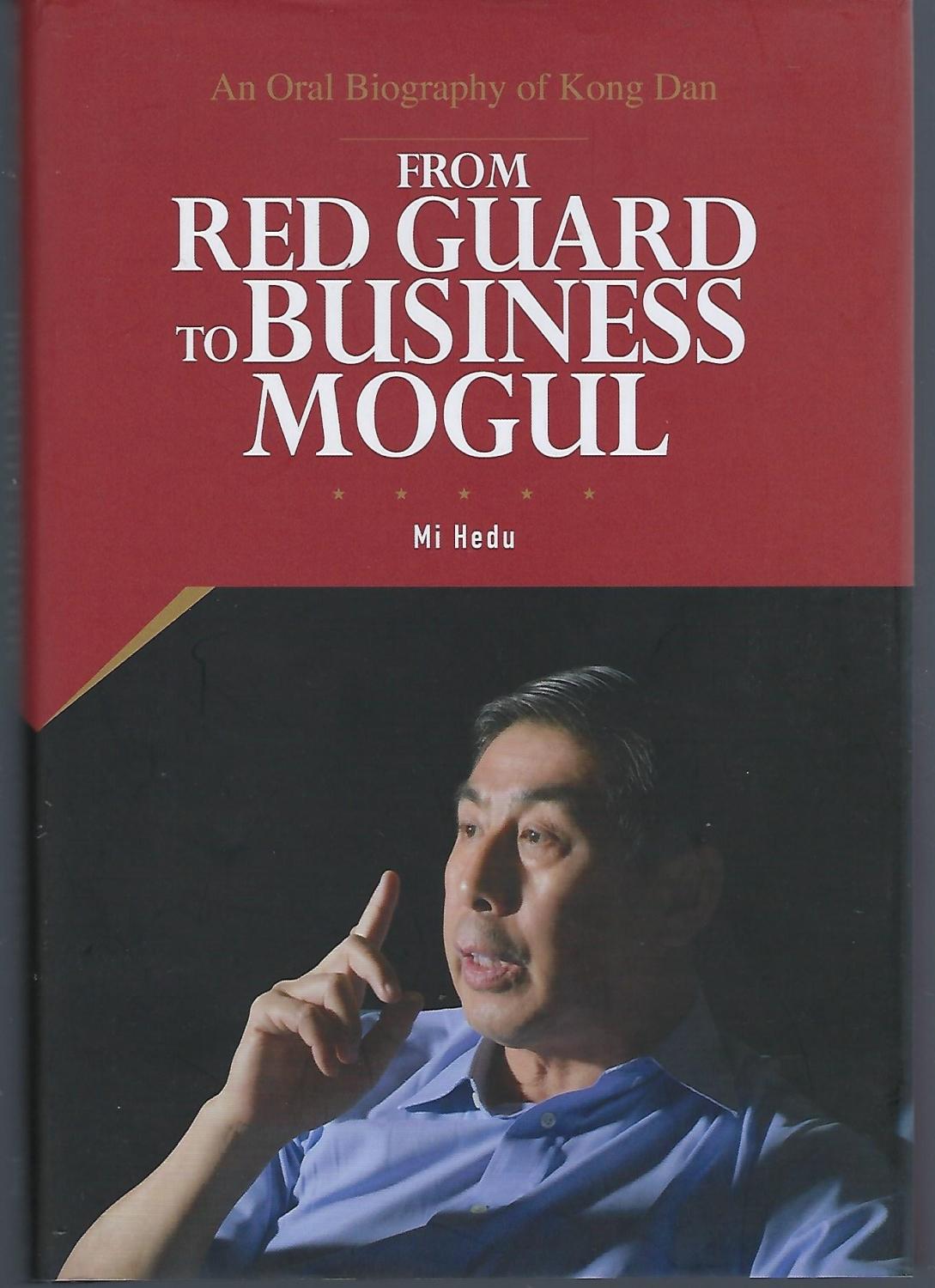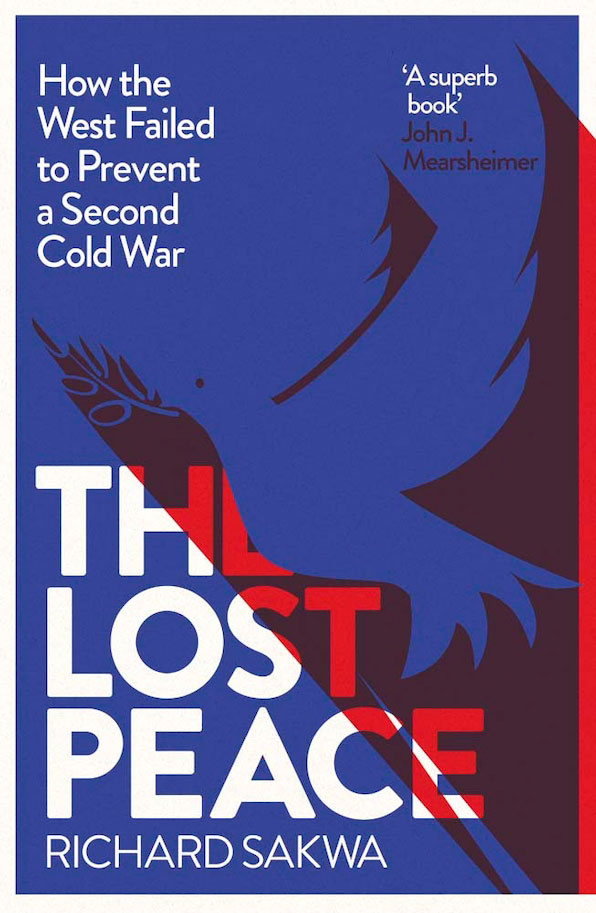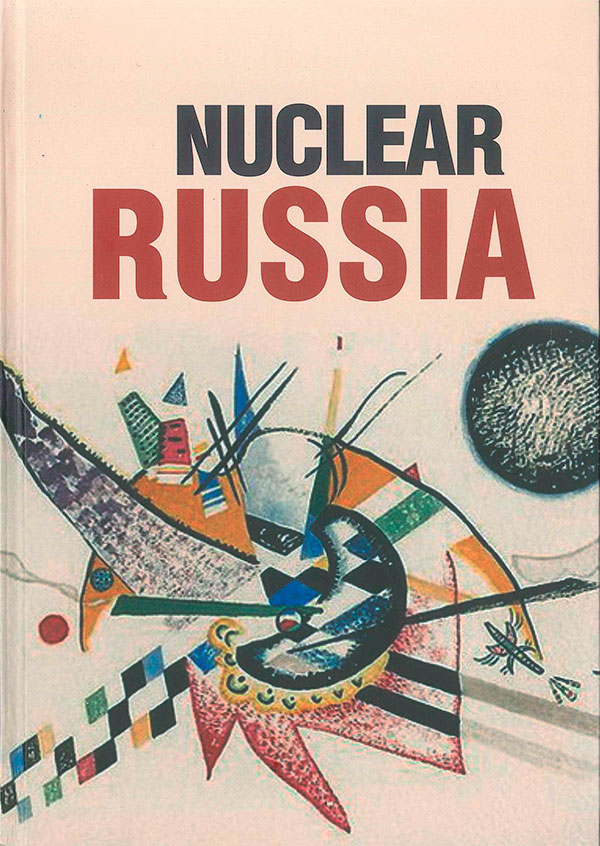... powers to resurrect the JCPOA agreement with Iran or to keep the North Korea’s nuclear and ballistic ambitions at bay. The US-China last year mini-détente remains very fragile and might turn into another cycle of escalating tensions. The global economy ... ... ongoing Russia-Ukraine armed conflict millions of soldiers have been fighting for two years, using almost all heavy weapons except nuclear weapons such as airplanes, tanks, artillery, warships, missiles, etc., and the U.S. and the NATO countries are already ...
... members, or signatories, to the Treaty, including all major space-faring nations.
The document not only bans the deployment of nuclear weapons and other weapons of mass destruction in space, but also prohibits the establishment of military bases, testing ... ... military space forces, or the placement of conventional weapons in space. Since 1967 many countries, including the US, Russia, China and India have conducted a variety of unhindered tests of anti-satellite weapons prototypes. So far, the most visible impact ...
... building nuclear ties with both Moscow and Washington.
Islamabad’s nuclear program is traditionally alleged to be backed by China. Pakistan has been set to overcome New Delhi’s demographic superiority by “eating grass” to create its A-bomb [
iv
... .... In other words, one can witness a particular asymmetry within the subregion: Pakistan has obtained low-yield non-strategic nuclear weapons to
balance
out New Delhi’s larger conventional army.
Even more dangerous is that nuclear clashes may take place ...
... international community. Despite many gloomy predictions, over the last half a century the proliferation process was quite slow: on top of the five recognized nuclear states only three other nations (India, Pakistan and North Korea) have openly tested nuclear weapons, and another one (Israel) has kept a deliberate ambiguity on its nuclear status.
However, this positive track record gives no reasons to be complacent about the future. The last NPT Review Conference (August 2022) revealed an evident lack ...
... postponed for a long time, but in connection with the exacerbating tensions with China and its decision to achieve strategic parity with the United States, the U.S. response should soon be expected.
The element of confrontation between the U.S. and China, the decision made by the UK to increase the number of deployed nuclear weapons of its own, as well as the aggravation of relations between Russia and the United States, together with the dialogue on strategic stability put on hold, usher in a new stage in the nuclear arms race in the world. Perhaps, this stressful ...
... (EASLG) released the following
statement
:
“We welcome the leadership shown by the leaders of The People’s Republic of China, the French Republic, the Russian Federation, the United Kingdom of Great Britain and Northern Ireland, and the United States ... ... technologies reduce decision time for leaders. Such a principle is also at the core of the Treaty on the Non-Proliferation of Nuclear Weapons (NPT) whose Preamble recognizes “the devastation that would be visited upon all mankind by a nuclear war and ...
... investing in innovative research on civilian thorium nuclear facilities to become a leader in civilian nuclear, while it is reportedly not investing as much in the military nuclear sector.
This article explores the latest developments concerning “Made in China” nuclear weapons to explain why China’s armed forces are rather sluggish to increase the number of warheads due to the parallel development of other components of the military (e.g. nuclear submarines).
A brief history of Chinese nuclear weapons
China’s ...
... thus control and weaken North Korea (bearing in mind the importance of keeping a tight military presence on the borders with China), while Pyongyang was putting the feelers out to see what concessions it may be able to obtain in the future.
The Six-Party ... ... important here, as it shows tacit recognition of the fact that there is no need to try and force North Korea to give up its nuclear weapons – controlling such weapons and prevent the growth of the nuclear threat are far more manageable tasks.
However,...
... technology is the most sophisticated one, with main challenges related to fuels and materials required for propulsion at hypersonic speeds.
Who are the players?
Currently the most active and diverse hypersonic weapons related programs are ongoing in Russia, China and the United States. These three countries are pursuing the whole range of technologies and capabilities with tactical and strategic missions, have the best expertise, testing facilities and domestic production for most components. France, India,...
...
Getting China involved in nuclear arms limitations is difficult. China, of course, has always been involved in the more extensive nuclear negotiations in recent decades: it has joined the Non-Proliferation Treaty (NPT). Unlike the U.S. and Russia, China has a No First Use (NFU) doctrine, saying the PLA will never use nuclear weapons first. Chinese officials say that they are uninterested in joining Russian-US agreements like INF and New START since they have fewer nuclear weapons than Russia or the U.S. They also claim, not very credibly, that their weapons do not ...



